A new report from Teagasc has indicated that greenhouse gas (GHG) emissions from Irish agriculture are set to increase by 9% over the coming decade, unless significant efforts are taken that would mitigate these emissions.
This is at odds with Ireland’s EU commitment to reduce overall GHG emissions by 20% by 2020 and 30% by 2030 relative to the 2005 level.
Currently agriculture comprises one-third of Irish GHG emissions.
The report has identified a total of 28 different abatement measures that could be employed to reduce emissions.
Without mitigation, emissions are projected to rise to 20.45 Mt CO2-e from 18.7 Mt CO2-e in 2005. With mitigation, they would be reduced to 17.39 Mt CO2-e.
The measures focus on either reducing the levels of methane and nitrous oxide emissions from agriculture or increasing the level of carbon sequestration through additional forestry and bio-energy production.
For the livestock sector the focus is on further improvements in dairy and beef genetics. Fertiliser use is also highlighted with aims to improve the efficiency of nitrogen use as well as altering the type of fertiliser used.
In a more sector-wide focus increased afforestation and improved sequestration in soils are targeted to offset emissions while enhanced production of biomass and biogas would be used to reduce the consumption of fossil fuels.
Summarising the report’s findings, Teagasc director Professor Gerry Boyle said; ‘With agricultural production likely to increase further, the sector faces significant challenges in meeting its emissions obligations.”
He highlighted the need for enhanced knowledge transfer as the rate at which mitigation measures are adopted by Irish farmers is of critical importance if the maximum amount of mitigation is to be achieved.




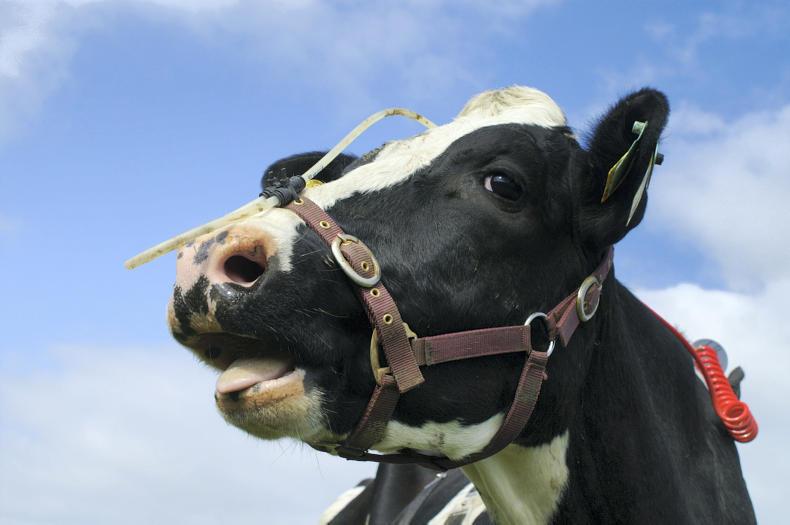
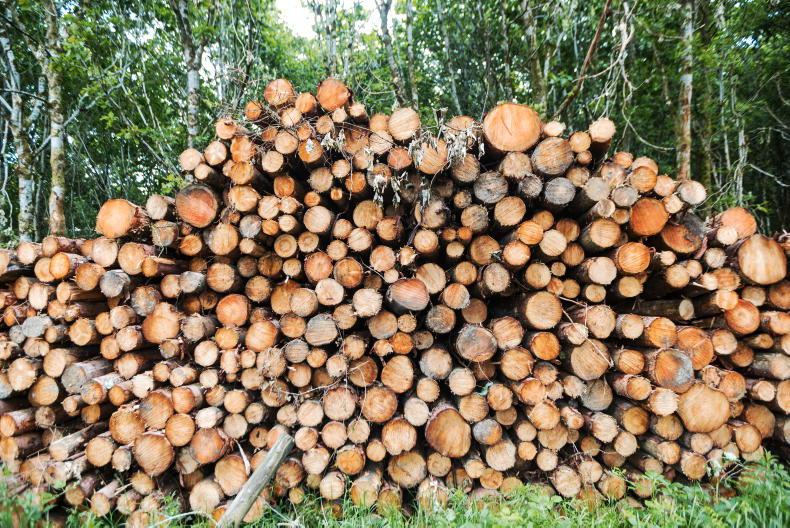

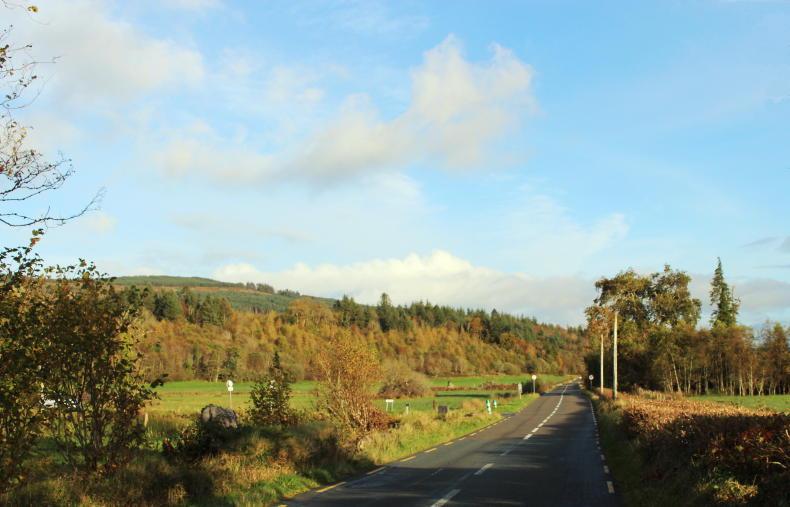
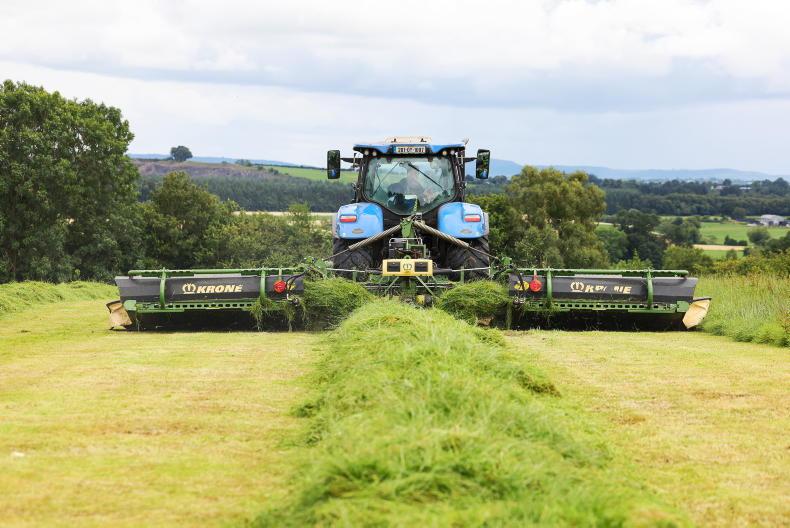
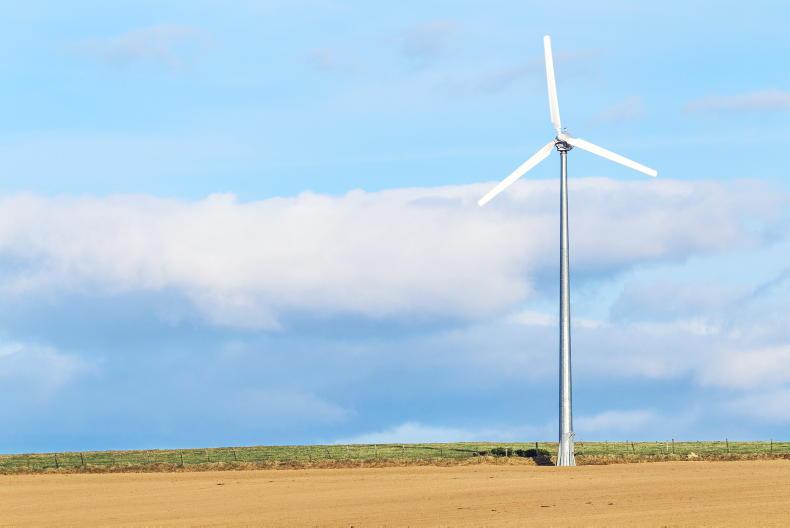
SHARING OPTIONS